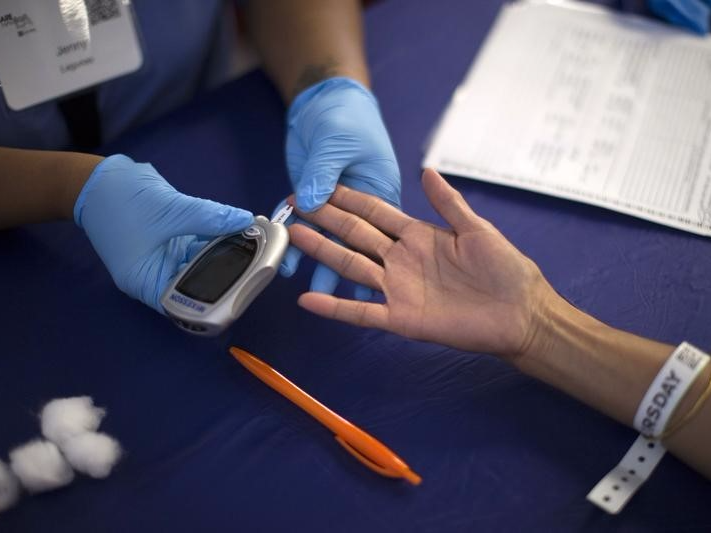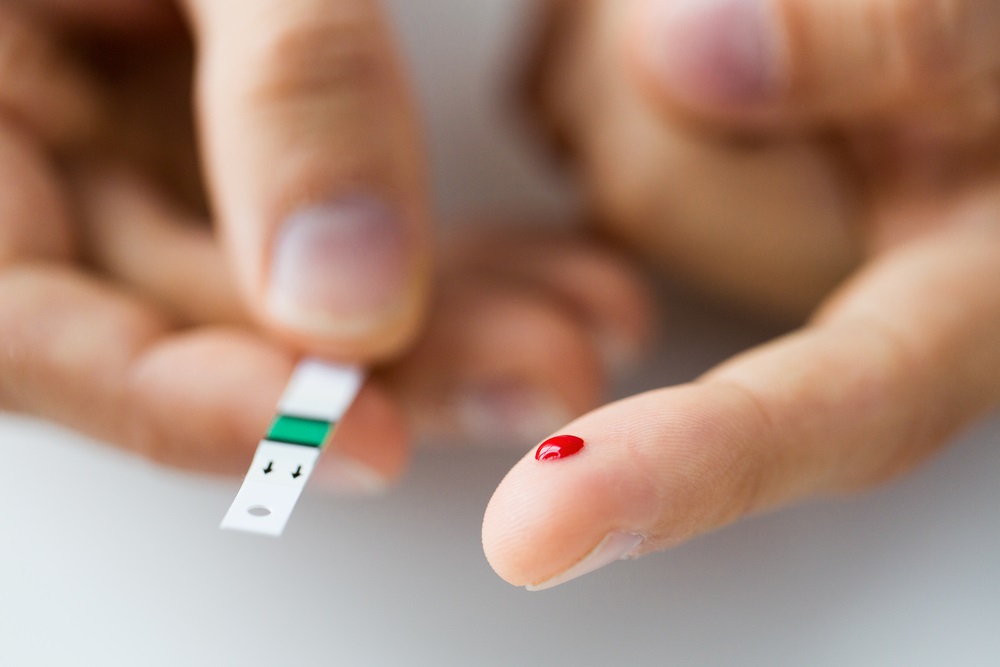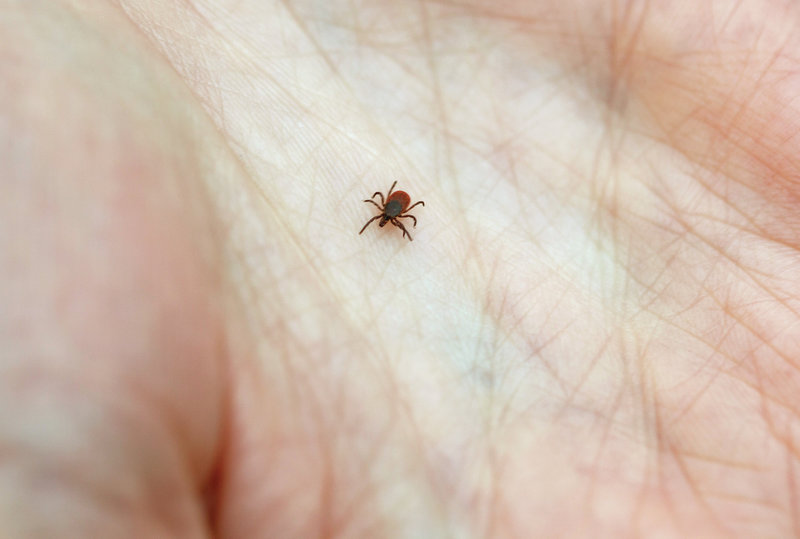Adults Being Diagnosed With The Wrong Diabetes

PHOTO VIA HELEN PHILIBIN
Helen Philibin was misdiagnosed with Type 2 diabetes
More than 40% of Britons diagnosed with the condition are over 30.
Many of these are initially diagnosed with type 2, and receiving the wrong treatment can be life-threatening.
Charity Diabetes UK is calling for doctors not to rule out the possibility a patient over 30 might have type 1.
‘Banging my head against a wall’
Helen Philibin, a mother of two from Torquay, who was 40, slim and active when she was diagnosed.
She said: “Having the wrong diagnosis was extremely frustrating. I just knew it wasn’t right.
“I’m always running around with my two young kids and I walk the dog every day.”
She visited her GP complaining of extreme thirst. A blood test strongly indicated she had diabetes.
Her doctor diagnosed her with type 2 and prescribed metformin, the most commonly-used drug for the condition. She was also sent on a course to learn about lifestyle factors including a low-sugar diet.
“All the other people on the course were in their mid-60s and overweight. I was 5ft 10in and nine-and-a-half stone. I stood out like a sore thumb,” said Helen.
“When I raised it with nurses or my GP, I was told that type 1 diabetes is always diagnosed in childhood, so I had to be type 2. I felt like I was banging my head against a wall.”

PHOTO VIA HELEN PHILIBIN
Helen with her family
Helen changed her diet to get better blood sugar control – but she began vomiting up to four times a week.
“It was horrible,” she said. “Even a single piece of toast would send my blood sugar levels through the roof and I was losing even more weight.”
Helen’s story isn’t unique.
According to the new report, misdiagnosis may be a surprisingly common occurrence in the UK.
The team analysed the genetic data of 13,250 people of white European descent, who developed diabetes in the first six decades of their life, in the health resource UK Biobank.
What is diabetes?
A chronic disease, which occurs when the pancreas does not produce enough of the hormone insulin, or when the body cannot effectively use the insulin it produces
- This leads to an increased concentration of glucose in the blood (hyperglycaemia)
- Type 1 – where the pancreas does not produce any insulin
- Type 2 – where the pancreas does not produce enough insulin or the body’s cells do not react to insulin
Type 1 diabetes can develop at any age, but usually appears before the age of 40, particularly in childhood.
About 10% of all diabetes is type 1, but it is the most common type of childhood diabetes, so it is sometimes called juvenile diabetes or early onset diabetes
Type 2 diabetes tends to develop later in life and is linked to lifestyle and being overweight.
Its lead author Richard Oram, at the University of Exeter, said: “Diabetes textbooks for doctors say that type 1 diabetes is a childhood illness. But our study shows that it is prevalent throughout life.
“The assumption among many doctors is that adults presenting with the symptoms of diabetes will have type 2, but this misconception can lead to misdiagnosis with potentially serious consequences.”
The danger is that the two conditions are treated in vastly different ways.
In type 1 diabetes, patients need to be injected with insulin to control blood sugar levels while for type 2, patients still produce insulin so they are initially treated with diet and medication.
 PHOTO VIA REUTERS
PHOTO VIA REUTERS
Theresa May was initially misdiagnosed. Doctors told her she had type 2 diabetes and she was given tablets which did not control her blood sugar
The researchers found that one in nine of the adults with type 1 diabetes were admitted to hospital with diabetic ketoacidosis, a potentially fatal condition that develops when type 1 patients are not given insulin.
It takes on average a year for those who are misdiagnosed to be put on insulin.
One of the major reasons type 1 goes misdiagnosed is that that there are far fewer cases of it in adulthood, as 96% of adults aged 31 to 60 diagnosed with diabetes have type 2.
‘Don’t rule out type 1’
The research also found patients with type 1 are more likely to be slim, while those with type 2 were more likely to be obese.
Emily Burns, from Diabetes UK, said: “While more research is needed to understand the realities of misdiagnosis, we’d ask healthcare professionals to have this insight in mind: don’t rule out type 1 diabetes after the age of 30.”
Helen was finally correctly diagnosed with type 1 diabetes after a year on the wrong treatment: “It’s such a relief and it’s made such a difference.
“I hope this research ensures more people can get the right treatment more swiftly.”
Source: BBC
“Adults being diagnosed with the wrong diabetes, study finds” by:Katie SilverHealth reporter, BBC News


